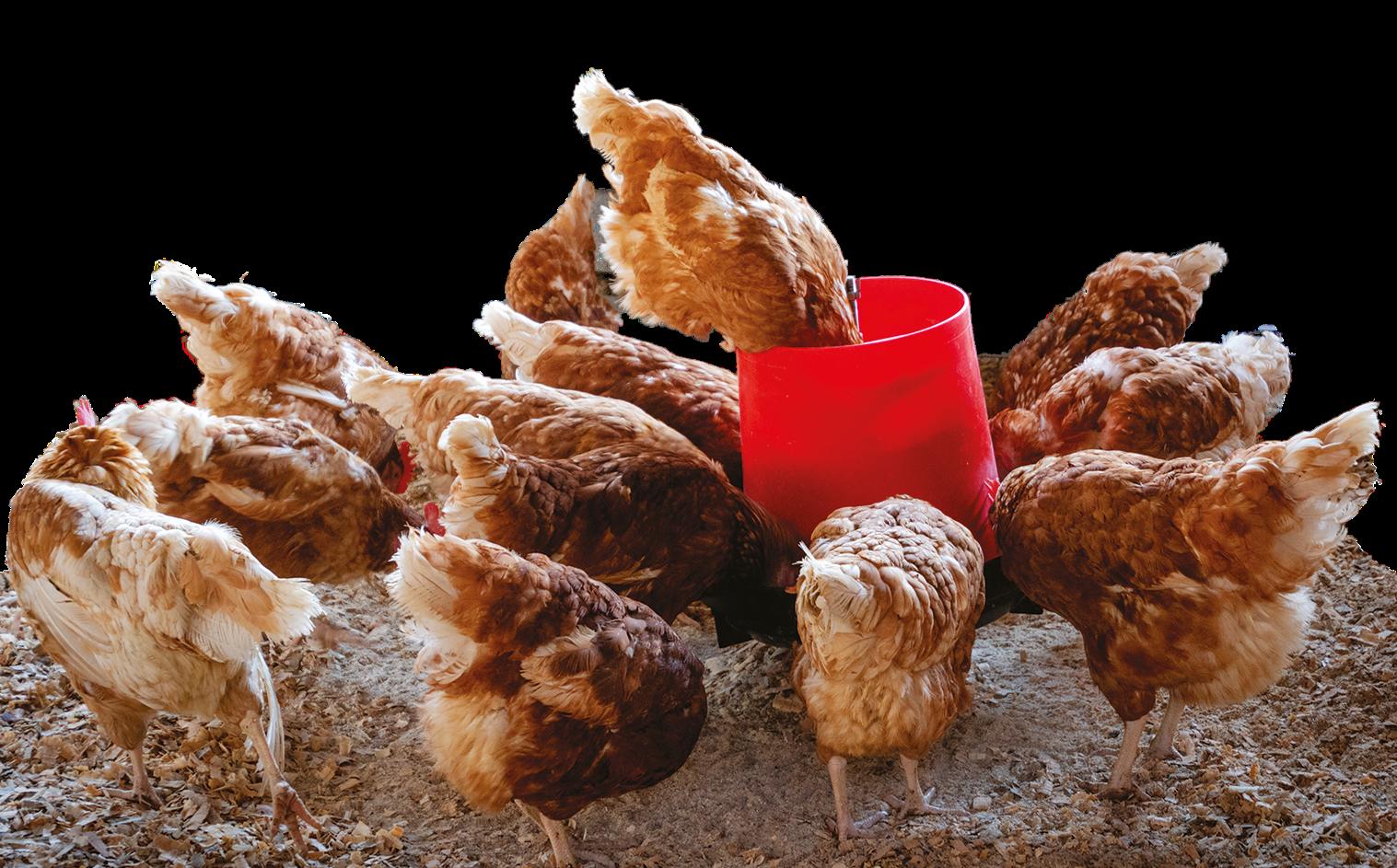
3 minute read
Stratégie Grains forecasts 1.2% drop in EU-27 compound feed output for 2023
EU-27 compound feed production in the calendar year 2023 is expected to decline by 1.2% year-on-year, according to Maryna Khandazhivska, Oilseed and Animal Market Analyst at Stratégie Grains.
A sister company of Feedinfo, Stratégie Grains analyses supply and demand for agricultural commodities including cereals and oilseeds, at an EU and worldwide level.
Inflation is set to stay high in 2023 in EU-27, which will likely hold back growth in consumer demand for meat, eggs, and dairy products. In addition, meat production in the EU is expected to be influenced by export demand for pork and poultry meat, which is expected to continue to be affected by high inflation in some countries (in Africa and Asia in particular) as well as the rebuilding of the Chinese pig herd.
Stratégie Grains forecasts a “steep decline” in the production of industrial feed for the pig sector in 2023. This results from the fall in export demand (particularly to China) and a decrease in pig herds in the EU-27.
EU pork exports to third countries are forecast to fall by 10% in 2023 compared with 2022, according to Khandzhivska, with the sluggish pace of European pork exports to China continuing in 2023. The return of African Swine Fever (ASF) to China’s pig sector, although less severe than in 2018, could affect meat production in 2023, and potentially push up Chinese pork imports in the second half of the year.
However, European pork is currently expensive compared with American, Canadian, and
Brazilian pork meat, meaning that it is currently struggling to position itself strongly on the market, she notes. In other words, even if Chinese pork imports do pick up, it is not a given that the European pork exporters will be the one to gain.
Moreover, while the potential resurgence of ASF is a factor to be monitored, it is not clear that it will deeply impact the country’s herd. Officially, Chinese pork production in the first quarter of 2023 increased by 1.9% compared to the same period in 2022, and the pig herd increased by 2% compared to a year ago.
Meanwhile, Stratégie Grains predicts EU-27 poultry feed production could increase slightly in 2023, assuming bird flu (highly pathogenic avian influenza, or HPAI), does not return in force. Demand for poultry meat is expected to grow modestly in 2023 in the EU-27, due to an upswing of consumer demand for this type of meat, which is favored in a context of high food price inflation, because they are less expensive than pork and beef meat. This could lead to an increase in chick hatching, especially in the second half of the calendar year.
Finally, Stratégie Grains forecasts stable demand for cattle feed. On the one hand, Khandazhivska says, the currently elevated milk price levels could incentivize a small production expansion; however, demand for milk is not expected to meaningfully increase, and indeed, is likely to remain muted by high inflation.
Moreover, good weather in Europe is expected to result in healthy grass growth, which would put a damper on the use of manufactured feeds in the cattle sector.
From Feedinfo Review Summer 2023










